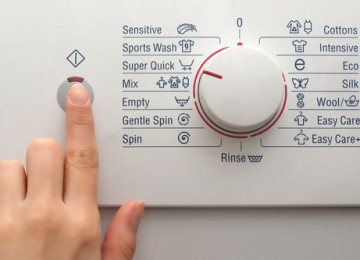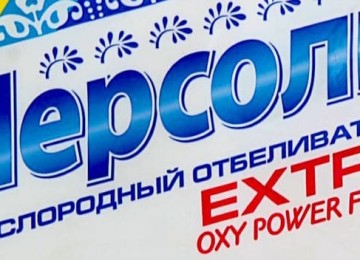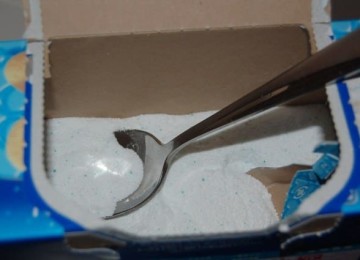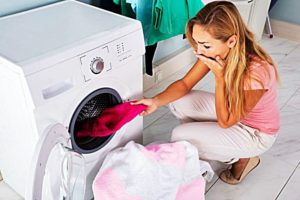 Washing machine - a household appliance that can be found in almost every home. And when something is wrong with an irreplaceable au pair, there is cause for serious concern. The situation when laundry smells bad after washing is quite common. The reasons for this unpleasant phenomenon can be very diverse: from a technical malfunction to improper operation of the device. And to solve the problem, you need to find out what caused it.
Washing machine - a household appliance that can be found in almost every home. And when something is wrong with an irreplaceable au pair, there is cause for serious concern. The situation when laundry smells bad after washing is quite common. The reasons for this unpleasant phenomenon can be very diverse: from a technical malfunction to improper operation of the device. And to solve the problem, you need to find out what caused it.
Types of unpleasant odors
The first thing you need to do is determine what exactly things smell like:
- Mustiness. Such a smell may cause active growth of bacteria inside the drum. Most often, the reason lies in the high humidity in it. If moisture lingers in the machine after washing, and the door remains tightly closed until the next time it is turned on, then optimal conditions for mold growth arise. If fungi are not removed in time, they will quickly grow and leave not only an unpleasant odor on clothes, but also hard-to-remove black stains.
- The smell of rot. The appearance of such a “fragrance” can be caused by stuck fabric particles inside the washing machine. Sometimes random finds can be found in the drum itself - most often they get stuck in the rubber rim.And sometimes on the internal surfaces of the device - in the drain hose or on the heating element. Heat increases the rate at which bacteria multiply on particles of matter, and in places where they are stuck, a substance resembling silt can be found.
- Sour smell. Occurs if washed items remain inside the drum for a long time. The damp fabric begins to rot, and after a while the sour laundry smells musty. The same effect can occur when using other detergents that are not suitable for the washing machine instead of powder. For example, shower gel or shampoo. Although they have a soap base, they do not have disinfectant properties, and after washing, microbes will begin to rapidly multiply in the remaining moisture.
- The smell of dampness. The appearance of such an odor is possible not only due to increased humidity inside the washing mashine. It is also necessary to ventilate the bathroom itself, leaving, if possible, the door ajar during the day. Things can also smell damp for another reason - if after washing they are hung out to dry in the bathroom - in conditions of high humidity and poor air circulation.
- Sewage smell. An unbearable stench most often occurs when connecting a new device. The reason is the mistake of an unscrupulous technician who connected the drain hose to the sewer pipe. If the washing machine has been connected for a long time, then most likely the problem is a faulty safety valve. As a result, wastewater penetrates into the device, which causes a foul odor from freshly washed laundry.
- Chemical or rubber smell typical for new household appliances. It disappears on its own after several completed wash cycles.To prevent clothes from absorbing technical aromas, the machine should be run idle several times using washing powder.
- The smell of dirty clothes. If, instead of a special basket, laundry is stored directly inside the drum, then a persistent odor arises that is difficult to get rid of. The combination of moisture and dirty laundry inside the washing mashine causes the active growth of entire colonies of bacteria, and a strong unpleasant odor appears, which is difficult to get rid of.
- Old smell. The specific smell from things that have long since become unusable can spread to all fabrics that are washed along with them. As a result, the new laundry smells unpleasant, but the old ones still cannot be washed. Therefore, it is better to get rid of such clothes as soon as possible.
- The smell does not come from all the laundry. Sometimes the problem affects only part of the washed items. If the bulk of the laundry smells clean and fresh, but one or more items stink, then most likely the issue is due to improper drying. Bulky, tightly structured clothing should be dried outdoors or in a well-ventilated area. The faster the fabric dries, the less chance there is for fungi and bacteria to grow on its surface.
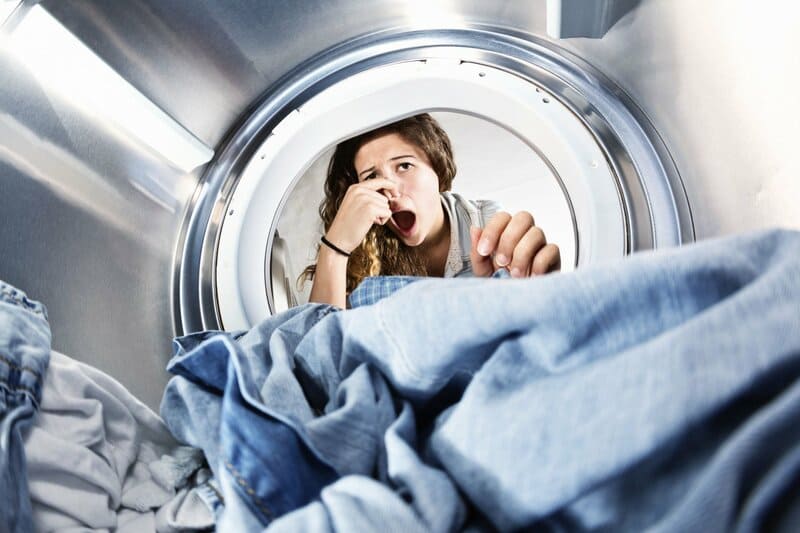
Ways to solve the problem
Once the cause of the unwanted odors has been determined, you can begin to eliminate it. The first thing you need to do is clean the washing machine.
- First you need to thoroughly clean the rubber seal. You need to remove moisture and mucous deposits from it with a dry cloth. Then rinse and treat with a cleaning agent, such as liquid laundry detergent or dishwashing gel. Rinse with water.
- In order to destroy harmful microorganisms and heavy dirt from the surface of the drum, you need to treat it with a solution of water and baking soda (2 tablespoons per 400 ml of water), then wipe with food vinegar. You can do the same with the powder container and the rubber cuff.
- Then you should run the washing mashine idle at the highest possible temperature. This will help destroy bacteria and molds that survived after the initial treatment. You need to pour 100 g of baking soda, bleach containing chlorine, or citric acid into the washing powder compartment. The latter will also help deal with scale. After about half of the program has passed, turn off the washing machine for a while - this will allow you to more thoroughly disinfect it from the inside. After a pause, restart the program until the wash cycle is completed. To ensure that all cleaning agents have been removed from the drum, you can additionally run a rinse program.
- Rinse detergent container. Since mold can also appear in it, when the powder is washed out during washing, it gets into the laundry. To clean, you need to remove it from the machine and soak it for 3-4 hours in a chlorine-containing solution. Then wipe with a sponge, wipe dry and return to its place. For more thorough cleaning, go through hard-to-reach areas with a toothbrush.
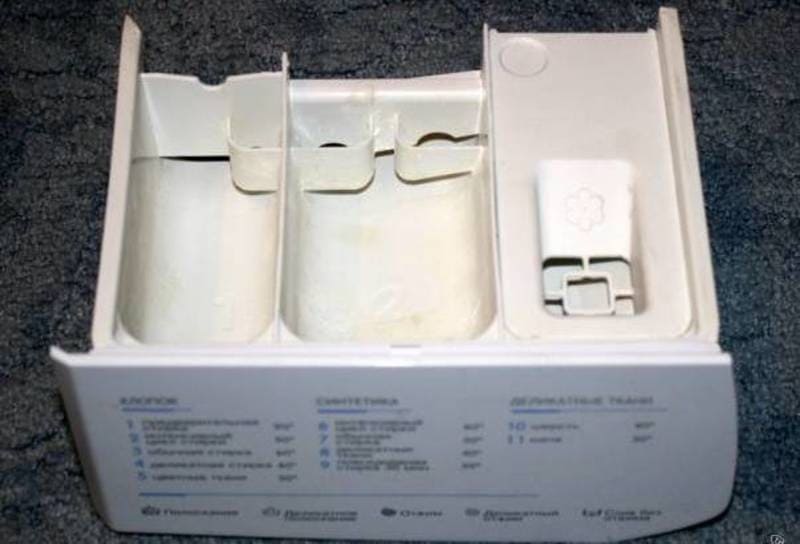
Apply the described cleaning method 4-6 times a year, depending on the intensity of use of the household appliance.
Preventive measures
What you need to do to avoid a repeat of the situation:
- Store dirty laundry only in a special basket and not inside the washing machine.
- Wash clothes in the quick wash mode as little as possible. With a shortened cycle, the water is always cool, since there is simply no time to heat it up. And the more often the express program is used, the more fertile the soil is for the proliferation of fungi and bacteria.
- The same goes for clean but damp laundry. Immediately after finishing washing, it should be removed and hung.
- Detergents should be stored in a dry place and used before the expiration date. It is advisable to buy high-quality gels or powders containing anti-limescale components.
- Do not overload the drum. If you load too many items, the powder will not dissolve properly, the laundry will not wash, and the aroma will be no better than before washing.
- Do not exceed the dosage of cleaning agent. Some of the granules that did not dissolve during washing settle inside the machine, the rest in the dispenser and inside the hoses. Over time, a fetid, muddy substance forms in their place, particles of which remain on the washed items.
- Add water softener to the powder compartment or inside the drum. This will protect the machine from harmful salts contained in hard water and improve the quality of the wash.
- After each wash, it is advisable to wipe the drum surface, powder compartment and rubber seal dry.
- The washing machine must be ventilated. To do this, you should always leave the door slightly open between starts.
- Every 7 days it is necessary to run the machine idle at maximum temperature. Pour a glass of citric acid into the powder reservoir - it will help get rid of limescale inside the device and clean the hoses.
- Another preventative cleaning method is to run the machine with dishwasher detergent. Place one tablet in the drum and turn on the boiling mode. After the end of the cycle, turn on an additional rinse.
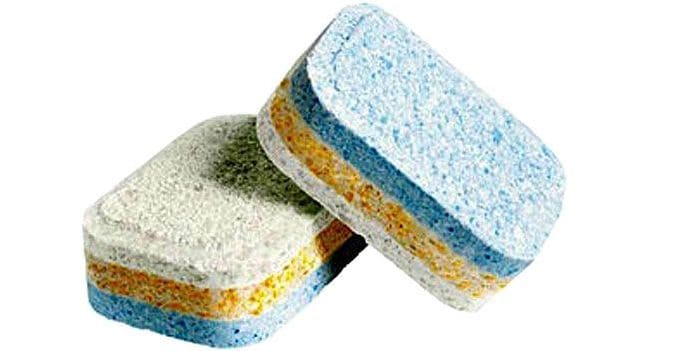
How to bring freshness back to things
Directions for use: prepare a weak solution with one of the products, soak the laundry for a few minutes, then rinse the foul-smelling items thoroughly. For best results, hang them out to dry outdoors. If after manipulation the items smell of vinegar or bleach, you can wash them again in a cleaned machine, adding a fragrant conditioner.
So that clean things always smell pleasant, and a hardworking assistant pleases with uninterrupted work long years, do not neglect simple rules for caring for it. They don’t take much time and allow you to forget about the unpleasant smell of your laundry forever.







